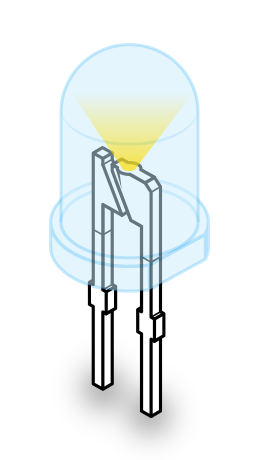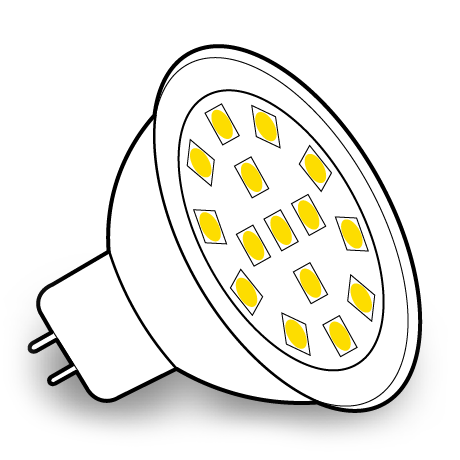In terms of cost, heating and lighting represent half of the total energy costs of the hotels.
Lighting is one of the largest areas of electrical energy consumption in hotels, as in many other kinds of buildings. Depending on the category of hotel, lighting can account for 7% of total energy consumption and up to 40% of total electrical energy consumption.
Lighting must provide adequate levels of illumination for hotel activity and create a pleasant environment and a sense of comfort throughout the building.
The lighting load in hotels that are mainly equipped with incandescent lamps can account for a significant part of their total electricity use. Only 20% of the energy for incandescent and halogen lights is converted to light; the remaining 80% is lost as heat. Thanks to important advances in lighting technology, energy-efficient alternatives are available for nearly all lighting applications.
The principal energy-efficient lighting options used in hotels include compact fluorescent lamps (CFLs), fluorescent tube lamps and light emitting diodes (LEDs).


LEDs are an extremely efficient form of lighting. When first developed they gave a very blue light which was not always appropriate for hospitality settings but recent advances in the technology have led to a new generation of LEDs which offer better colour properties than previous models and, often, can be fitted directly into existing fittings.
- Energy efficiency: When compared to fluorescent lighting they can save a further 65% energy, therefore using over 90% less energy than an equivalent incandescent lamp.
- Service life: LEDs can last over 3 times longer than fluorescent lighting with life expectancies of over 35,000 hours
- Light quality: LEDs can produce light of different colour temperatures - the colour of ‘white’ that the light appears, measured in kelvin (K), with the higher the numeric value, the bluer the light and vice versa. This ranges from a warm amber (1,800K) to a very cool blue (8,000K). There are many colours of ‘white’ available. For general use these are: a warm white (2,600 to 2,700K), a medium white (3,000 to 3,500 K) and a cool white (4,000 K).
Cost effectiveness
- The initial outlay on LED lamps will be higher than for other alternatives but this will quickly be recouped through the significantly reduced energy consumption and the infrequent replacement costs. LEDs can last over 3 times longer than fluorescent lighting with life expectancies of over 35,000 hours
Environmental Impact
LEDs are using considerably less energy than other types of lighting, and do not contain any heavy metals (found in fluorescent tubes) which makes them easier and safer to recycle.
Cautions and comments
- LEDs do not emit UV light which is potentially hazardous to people and also can cause fading to fabrics.
- The light given out by an LED can fade over its lifetime. Good quality LEDs will retain a high percentage of their initial light output
- Purchase only LEDs produced by reputable manufacturers or that have a proven track record in the local market.
- Choose energy-certified products: in some countries, there are product certifications that indicate quality energy savings, such as the Energy label in Europe (as defined in Commission Directive 98/11/EC). Buying labelled products (e.g. lamps with class A of the EU Energy label) is a good way to be sure the hotel is investing in the latest high-performance equipment.

